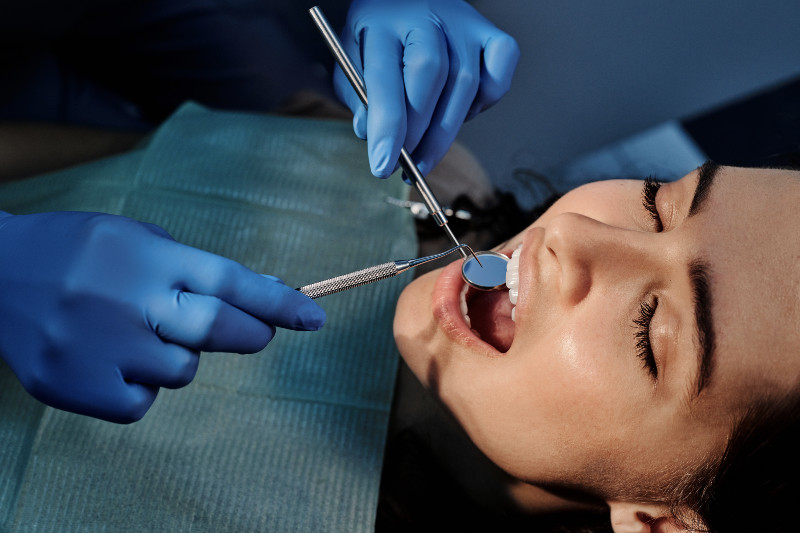Did your dentist tell you that you need root canal therapy? If so, you’re not alone. Thousands of dental patients in Australia receive this treatment each year as a way to relieve pain and save teeth that have become infected.
Every tooth has roots under the surface of your gum. These roots hold your tooth in place. Unfortunately, the roots can sometimes become infected or inflamed, which causes pain in your mouth.
Root canal therapy is a straightforward solution to relieve pain, remove the infection, and save your tooth from extraction. Here’s a closer look at what the process entails:
Root Canal Therapy Explained
Infections requiring root canal therapy affect the inside of the tooth. Under the outer layer (the enamel) and the second layer (dentin) of your tooth is a soft tissue, called pulp. The pulp contains nerves, blood vessels, and connective tissues go from the top of your crown all the way to the roots.
The pulp plays an important role in tooth development. But once your tooth is fully developed, it can survive without the pulp. That’s why, when the pulp becomes infected, a viable solution is simply to remove the source of the problem.
This is exactly what a root canal does. Your dentist will carefully remove the pulp from the affected tooth, clean and disinfect it, and seal the space so that bacteria and other infections cannot enter the space.
Signs of Needing a Root Canal
Your dentist is the best resource for determining whether you need a root canal. In many cases, there are no symptoms so the need for a root canal will often be overlooked.
However, sometimes there are telltale signs that may indicate you need to make a visit to your dentist for further investigation. These include:
- Sensitivity or pain when chewing or biting
- A cracked or chipped tooth
- Swollen or tender gums
- Darkening of the gums
- Tooth sensitivity to hot or cold, even after the sensation is removed
- Bumps or pimples on the gums
If you experience any of these symptoms, it’s worthwhile to visit your dentist for more information. You can’t see what’s going on below the surface of your gums, but your dentist can take X-rays to get a better idea of what could be causing your symptoms.
What to Expect from Root Canal Therapy
If your dentist is recommending you for a root canal, they will explain the process to you prior to the procedure so you know what to expect.
At Sydney Road Dental Care, we use modern dentistry techniques that make our patients feel comfortable throughout the process. We administer local anaesthesia to the tooth and isolate the area so that our work does not affect other teeth.
After opening the crown of the tooth, we extract the infected pulp and take care to clean the canals so that no trace of the infection remains. From there, we seal the tooth so that reinfection should not occur. In some cases, we may need to insert a post inside the tooth for added support
Most of your root canal therapy will occur in one visit. However, you may need to return to receive a crown and complete the restoration.
Overall, your root canal therapy will take anywhere from 30-90 minutes, depending on the complexity of your condition. After root canal therapy, you may experience some sensitivity or swelling for a few days. We can prescribe medication to help with any pain. You should be able to brush, and floss like normal and make very minimal and temporary changes to the foods you eat (e.g., avoid hard or chewy foods).
If you’re experiencing any symptoms that might require root canal therapy or you have questions about the process, please reach out to our team today.

